Photography has become a part of our daily lives thanks to smartphones equipped with the camera function in the 2000s, and it has continually improved in the face of its frenzied use, catching everyone somewhat by surprise.
This ease of capturing images has profoundly altered our behaviors. One could even speak of an addiction to images for certain generations. Some twenty years later, our attitude towards this tool has caused such changes in how we perceive the world that our very brains have been shaken by it. But why do we have such an urgent need to take so many photos? Have we lost trust in our memories? What defenses can we put in place to ward off this smartphone photo intoxication? Like any excess, there are certainly some good practices not to be neglected to set things right.
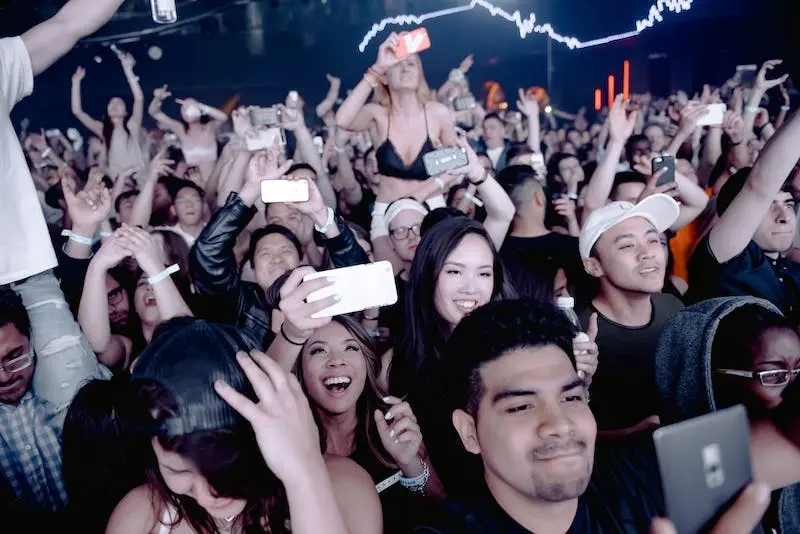
New Tool, New Habits
With a smartphone permanently attached to our hand, our actions today are heavily dependent on this device. It must be acknowledged that the playing field is vast and constantly fueled by increasingly powerful innovations. How can one not be seduced by this object that allows us to view the world with such breadth? The continually improved image quality of the built-in camera, the array of apps for exploring and transforming photos, all of it is equally mind-boggling. It’s a complex world that keeps pushing the boundaries of reality: offering incredible clarity to old photos, removing unsightly elements from a picture, adding a sunny light to a stormy sky, erasing wrinkles, smoothing a face – we are like apprentice sorcerers, and we love it!
Photography has become as essential today as a pen in one’s bag. A fender bender in the car, a replacement part for the coffee maker, the candles blown out by your godchild, the first snowfall in the garden, the damage caused by a storm, the recipe found in a magazine – one click, and it’s saved and stored as a reminder. An American study confirms this new behavior towards photography: Americans take more than 10 billion photos per month, and 60% of them are taken with smartphones! Photography has taken on a new dimension far removed from the rare, meticulously crafted, and artistically conceived photo. It has become our memo pad.
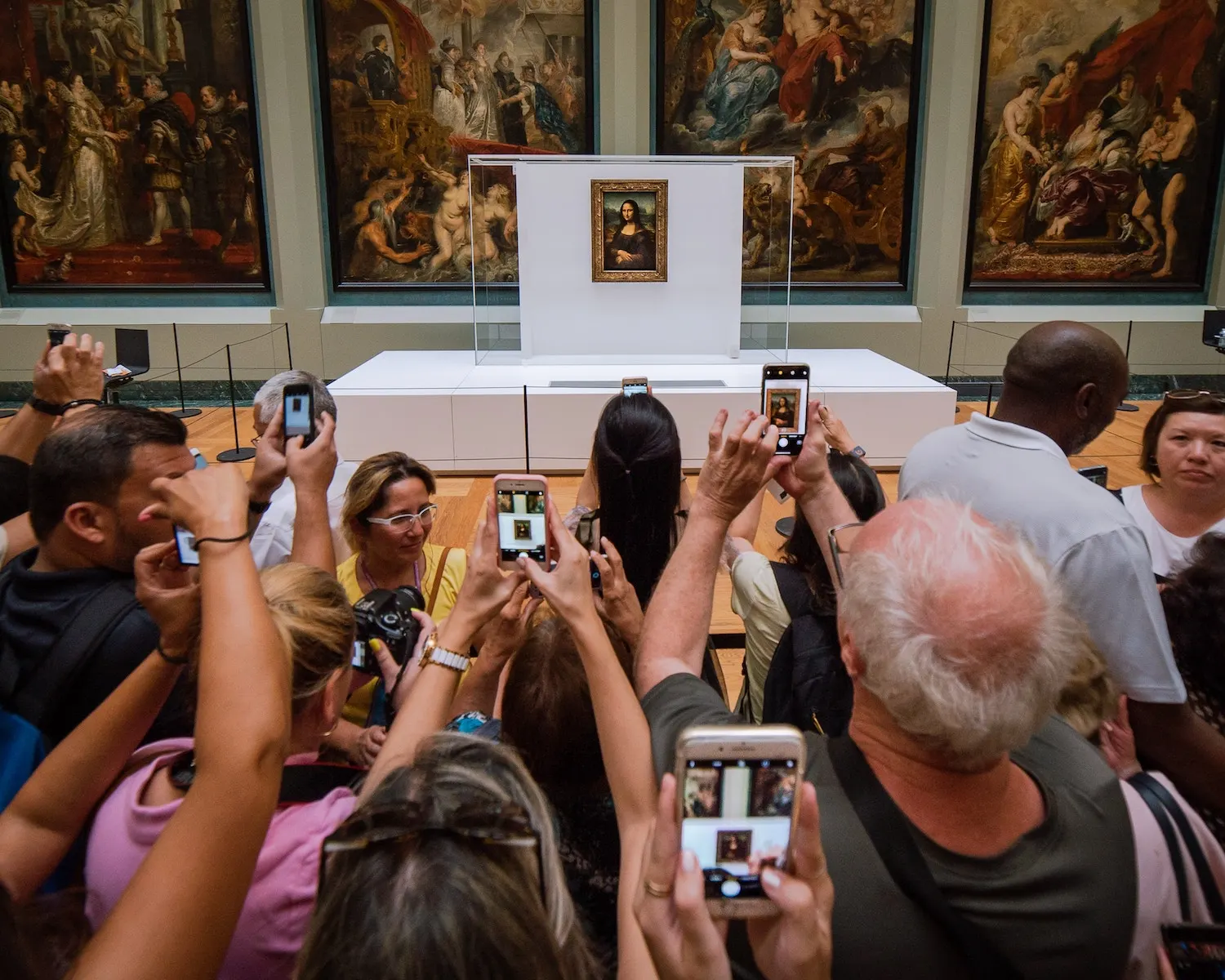
But doesn’t this excessive use sometimes lead us astray? Today, it’s impossible to approach the painting of the Mona Lisa at the Louvre Museum or to appreciate Mick Jagger’s hip-swaying performance at a concert without the forest of smartphones held high in the air.
What has happened? Have we lost faith in our eyes to capture the moment? Is the image meant to replace our memories? Has it become a crutch for our memory? Do we truly need to rely on this transitional object that is the smartphone? By constantly relying on photography, by placing all our trust in it, isn’t our memory starting to waver?
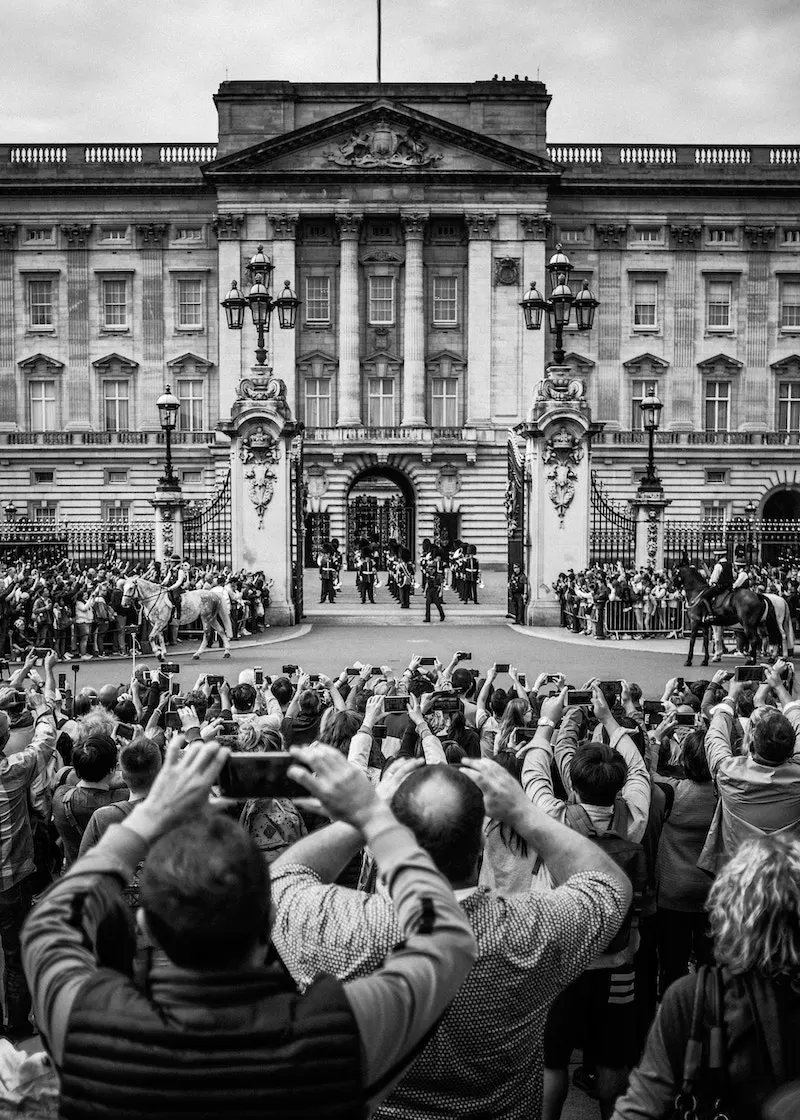
Philosophical Perspective
French philosopher Raphaël Enthoven has delved into this question. He takes the example of a photo that immortalizes the basketball star LeBron James making a crucial basket, becoming the top scorer in the NBA. In the background of the photo, the faces of all the people in the audience are obscured by the smartphones they are holding up to capture this pivotal moment.
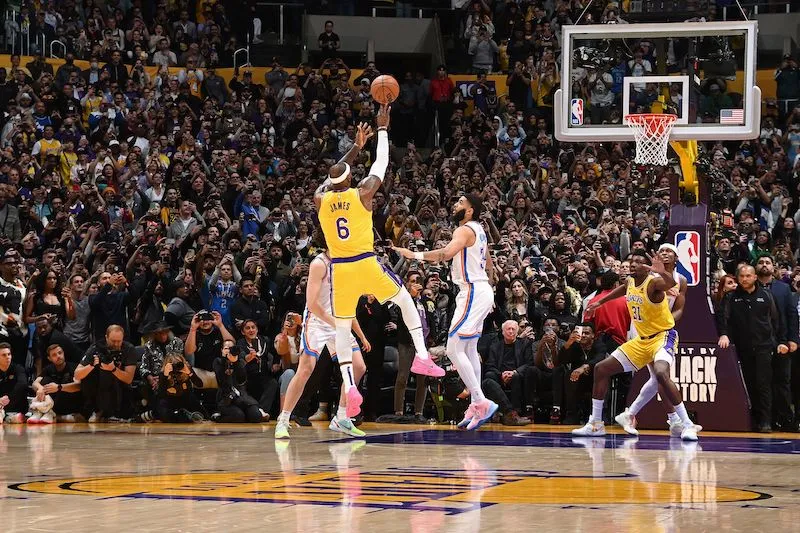
“It’s an extraordinary sporting moment,” explains Raphaël Enthoven, “and the spectators sacrifice the experience they could have of this historic moment in favor of the possibility of saying they were there. It’s both a way to distance oneself from the world because by photographing it, one keeps a distance from it, and it’s also the act of entrusting an object with the task of remembering it for us.“
By interposing the mobile phone between themselves and the game, the audience thus deprives themselves of fully living this moment, with the priority shifting to preserving the memory. It’s a true denial of the present. People prefer to film the shot rather than applaud it.
This also reveals another significant issue: in life, it’s often more challenging to experience things than to be filmed experiencing them. The danger lies in self-observation: if we watch ourselves do something, we lose control over what we are doing. Taking a selfie surrounded by a magnificent backdrop or next to a K-Pop star hinders action. Only self-forgetfulness allows us to act, savor, and fully immerse ourselves in the moment because we are entirely present in what we are doing. As the philosopher and humanist Montaigne wrote, “When I dance, I dance, and when I sleep, I sleep.” Therefore, the selfie is the opposite of this behavior.

What Does Science Say?
Scientific studies go even further. They concur in saying that when we rely on a transitional object like a smartphone to capture an event and entrust our memories to it, our memory eventually deteriorates.
Our obsession with high consumption of photography can precisely impair reminiscence. It can lead to a loss of the ability to imprint the intensity of a moment or information within ourselves. Catherine Loveday, a neuropsychologist at the University of Westminster, explains that it has been proven that taking photos at an event instead of fully immersing oneself in it can lead to an inability to remember the event itself. Taking photos genuinely distracts us from the memorization process.
The issue also applies to selfies taken incessantly, characterized by portraits that lack spontaneity and feature artificial expressions. These photos, with their unnatural narcissism, aim to show what we want to show about ourselves but not who we truly are, as explained by Giuliana Mazzoni, a Professor of Psychology at the University of Hull (UK). It goes even further: “If we rely heavily on photos to remember our past, we risk creating a distorted self-image, based solely on the images we want to share.“
“If we rely heavily on photos to remember our past, we risk creating a distorted self-image, based solely on the images we want to share.“
Giuliana Mazzoni

Photos: Vessels of Our Memories
Once these philosophical and scientific observations are on the table, it’s important to understand that while we can’t turn back the clock or unravel technological advancements, it is crucial to find the key elements that will allow us to harness powerful technologies without impairing our cognitive abilities.
It’s true that when we take a photo, our brain pays less attention to recording events, as if it unconsciously delegates the task of photography to memory. Conversely, looking at, for example, old travel photos or pictures of our young children instantly rekindles memories. Claudia Zimmer, co-founder of CYME alongside Matthieu Kopp, makes this observation: “When I revisit certain photos taken unintentionally, I feel that I didn’t experience that moment as intensely as I could have, and these rediscovered photos today allow me to do just that—to savor that moment even more, to reconnect with a past I had completely forgotten. As someone with not as much memory as Matthieu, I recognize the tremendous utility of a smartphone for these deeply moving moments that had escaped me.” Let’s acknowledge the mysterious and somewhat psycho-magical power of images, which are, in their own right, very real.

Realm of Immaterial Memory
In the previous decade, photo albums served as the imprints of our personal history, and reunions with grandparents often involved flipping through year-arranged photo albums. Today, the smartphone, aided by “the cloud” (the intangible repository of our data), replaces these physical and indivisible family photo collections. Digital photography frees us from constraints, allowing for original duplications, editing, sharing, sending, and storing all our images.
“In fact,” as Raphaël Enthoven summarizes, “we photograph people, places, or events not to ensure that we don’t forget them, but to be sure that we can forget them since these images will be somewhere.” This “somewhere” mentioned by the philosopher deserves attention because it sometimes resembles a true black hole. Once the photos are taken, they are automatically saved on your smartphone or in the cloud (if you have a subscription to it). While we may find comfort in this XXL virtual memory that compiles our life, how many of us actually consult this personal image bank, which sometimes contains over 50,000 photos?
“We photograph people, places, or events not to ensure that we don’t forget them, but to be sure that we can forget them since these images will be somewhere.“
Raphaël Enthoven

The Only Gateway: Reviving Your Catalog
Who looks at their archives in their smartphone today? How much time do we spend scrolling through our device to find a specific image? It’s a jumble of images, a kind of illustrated dumping ground where the most diverse subjects intersect: those close to our hearts alongside yesterday’s grocery list or the pair of shoes we’re sending to our best friend. How do we organize this visual overload? Can we rein it in to make it truly efficient?
It’s with this issue in mind that Claudia Zimmer and Matthieu Kopp have envisioned software solutions to rediscover the joy of exploring our photos. Let’s mention Peakto, an application supercharged by artificial intelligence, compatible with other applications like Lightroom, Luminar, Capture ONE, DxO, Pixelmator, and many more, which gathers all our images into a single catalog, even in different formats. It categorizes them, removes duplicates, organizes the originals and their various versions, making it easy to find the photos we’re looking for.
FindMySnap Image, the latest addition, also enhanced by AI, helps quickly locate our favorite images just by describing them. It allows for swift photo sharing, album creation, duplicate and unwanted image removal, and the selection of photos for editing. This rather clever app challenges us to create collections based on color or subjects, making it easy to share our best shots with friends on social media. In short, instead of letting our images languish in an inaccessible black hole, another life beckons for them.
Does this article inspire you?

Photographic Abstinence
After organizing one’s image collection in a manner reminiscent of Marie Kondo’s videos, another suggestion in the face of this photographic deluge is to abstain, willingly or forcefully.
One can indeed choose to use their camera function in a measured and deliberate manner, akin to the time when buying expensive rolls of film, where each photo was carefully considered. Regularly deleting obsolete or uninteresting photos can also help prevent unnecessary clutter in your catalog (waiting rooms are perfect for this kind of exercise).
Not using your camera out of obligation: Some artists today refuse photos and selfies at their exhibition or performance venues. The reasons are many and often justified, such as not wanting to circulate low-quality photos of an artwork, with the artist wishing to maintain control over the reproduction of their work.
And then there’s this well-intentioned plea for photographic abstinence to rediscover the path of observation and memory. For instance, architect Tadao Ando on Naoshima Island, who forbids visitors from taking photos to immerse them in his world and provide them with an experience. Or sculptor Anselm Kieffer, who, in his creative workshops, expresses the desire to reconnect with the emotions evoked by the artwork and the memories that will be engraved in our minds. These artists invite us to spend time simply looking. Iconic landmarks now encourage us to take the time to admire them rather than photographing them. In Italy, the Sistine Chapel in the Vatican, St. Mark’s Basilica in Venice, or Michelangelo’s David refuse to be bombarded with photographs. In the United Kingdom, Westminster Abbey and the Tower of London adhere to this rule as well. Even Lake Tahoe in the United States prohibits all photography, especially selfies, due to the dangerous poses people attempt.
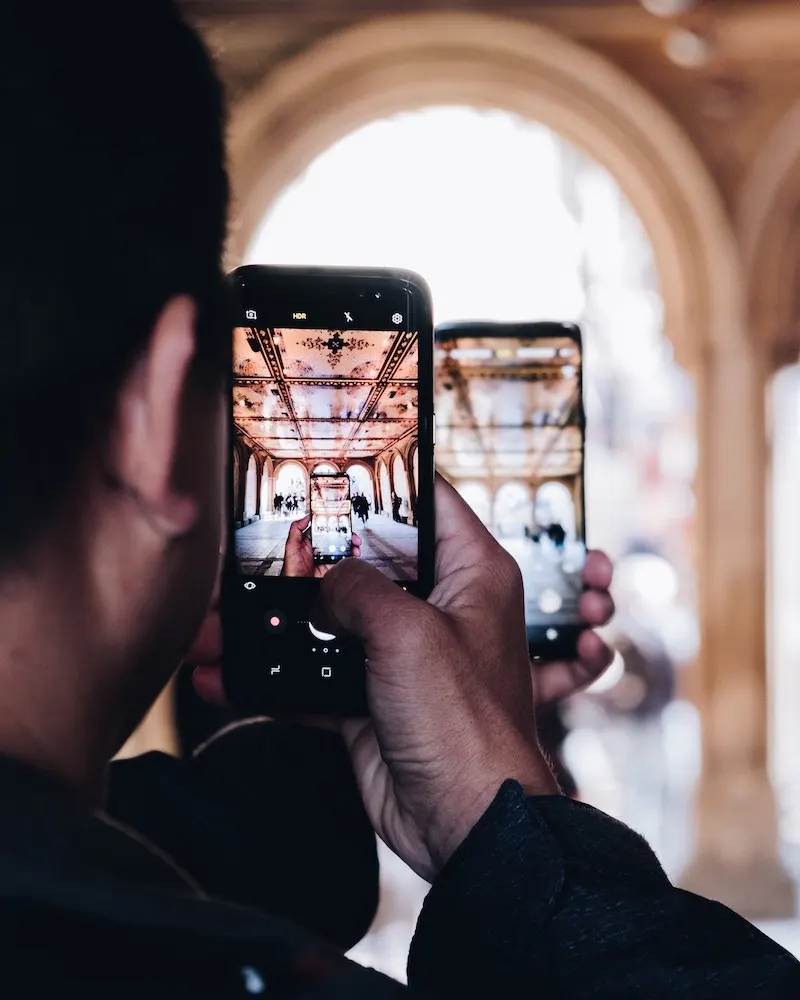
The Right Attitude
So, what is the right attitude to adopt? Take the time to take photographs: let them be an opportunity to pause and fully immerse oneself in a place, an atmosphere, or a person. Look at our photos more often, and especially, share them. Viewing images is a way to strengthen and consolidate our memories and to remind us of the stories embedded behind each image. Placing photography in its proper context, setting limits, is also a gift to ourselves, allowing us to reconnect with the emotions etched in our memories. Letting the mysterious reappear and sharing with others the emotions felt during a meeting or an exhibition instead of showing a 2D file or image. Do you agree with this analysis?
Mention:
Brut – Interview with Raphaël Enthoven
Eric Leser – Slate.fr
Anne-Marie Hamel – Documentary Photography as a Memory Aid for American Feminine Identity (1920-1960) Thesis – Montreal (Quebec, Canada), University of Quebec in Montreal.
Giuliana Mazzoni – The Conversation – Our obsession about taking photography
Catherine Loveday – Neuropsychologist at the University of Westminster
Photos:
Andrea Piacquadio; Austin loveing; Harrison Haines; Hoch3media; Mika Baumeister; Sami Abdullah (main picture); Zac Ong









